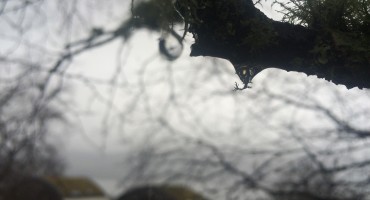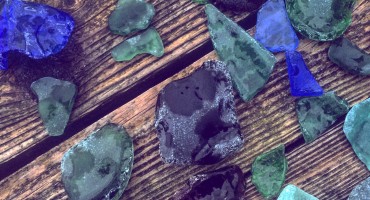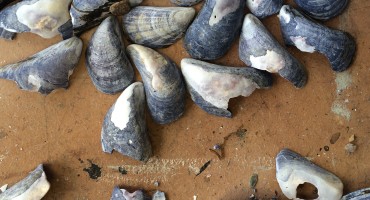Starting a residency can be tricky to navigate. Questions arise. What should I do first? What will I do first? How can I be most productive? Will I be productive? Like most people, I set about unpacking my bags in the living space and laying out all of my materials in my studio; notepads, paper, pencils (graphite, coloured and watercolour), pencil sharpener, eraser, paint brushes and watercolours. Then, looking through the windows of the studio over Loch Long, it was clear that the actual first step was to go sauntering into the land.
I have been thinking about the difference between a retreat and a residency. The word ‘retreat’ gives me a feeling of hiding or secreting away into a hermits cave at the top of a mountain, a getting-away-from, closing-the-others-out. I see the potential brilliance of this; the ability to carve out private uninterrupted time to hone a creative idea, to be by oneself and luxuriate in a confident solitude. I am on a ‘residency’ and this feels quite different. I am here to reside in this place for a limited amount of time, leaving behind my city-dwelling so that I can breathe, eat, sleep somewhere else, somewhere with the potential to fuel a creative journey not by pushing away the world, but by imbibing a landscape which has a different invitation that the sandstone, concrete and wrought-iron land of my usual habitat. My first action on this residency was going out into the land and scratching the natural world for a beginning.
Creativity is a habit, and the best creativity is a result of good work habits. That’s it in a nutshell. [Twyla Tharp]
I am a believer in American choreographer, Twyla Tharp’s writings creativity as a a habit, born of hard work and dedication, not some gift bestowed on the artist by some Dionysian God. Creativity needs to be exercised, stretched and nurtured. As in the sephirot of Kabbalah, inspiration comes in an instant hot like fire, faster than light (Chokmah/Wisdom), but the real skill is the perpetual upkeep of the fire, the cooling of the white-hot flame, the nourishing in the womb of creativity (Binah/Understanding). Tharp also speaks of the importance of physically exercising the brain; it is a part of the body. To begin by sitting and thinking, detached from the body feels a sedentary commencement.
I can’t say enough about the connection between body and mind; when you stimulate your body, your brain comes alive in ways you can’t simulate in a sedentary position. The brain is an organ, tied integrally to all the other systems in the body, and it’s affected by blood ow, neural transmission, all the processes you undergo when you put your body through its paces. [Twyla Tharp]
While walking the land, I was drawn to a variety of shapes, colours, and textures. This led me on to gather items to take back to the studio, though the thoughts of human intervention and sustainability were loud. Is it appropriate to have an arts practice which is centred on implicit sustainability and yet take things from the landscape? There was has always been a relationship between Art and Nature, not just simply by using natural materials to create artworks, but also in a mimetic process of mirroring through artistic sense. A painter may glorify the forest in painting, but use wood frames from man-felled trees. It can feel paralysing to think of a way to create art which has no interference with the natural world, but perhaps in that instance I am not acknowledging my own nature. To utilise the natural world for our survival as human animals is our primordial hardcoded nature. Can we say that ‘making’ is just as important to the body as food? Does that allow us the opportunity to utilise the natural world for creative nourishment?
In the end, I gathered from trees that had been felled. Body awakened by walking the hills and carrying a wooden beam from the beach, I took to pondering the wonder of organic texture and colour. Without thinking, I had begun; my creative plasticity limbered.



